Rear window louvers were a distinctive feature on many cars during the 1960s to the 1980s, capturing the allure of the muscle car era. These slatted covers on the rear windows were more than just a stylish addition; they served practical purposes and reflected the automotive trends of the time.
The Aesthetic Appeal of Rear Window Louvers
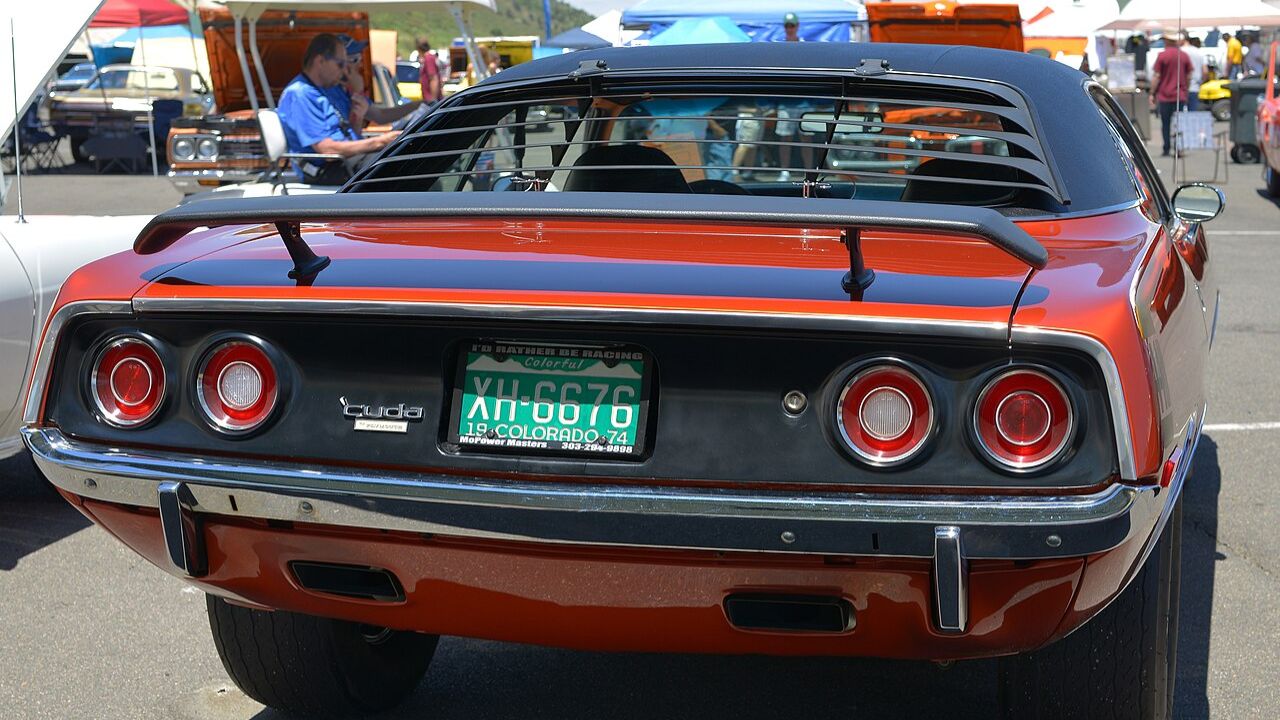
In the golden age of muscle cars, the influence of racing aesthetics was undeniable. Louvers became synonymous with power and speed, drawing inspiration from the aerodynamics of racing cars. The sleek, slatted design not only appealed to the eye but also suggested a connection to the high-performance world of motorsport. Vehicles such as the Chevrolet Monte Carlo and the Plymouth Barracuda embraced this style, embodying the aggressive and sporty look that enthusiasts craved.
Beyond their association with muscle cars, louvers offered a canvas for personalization. Car enthusiasts often used them as a means of self-expression, customizing their vehicles to stand out on the road. The ability to modify and personalize their cars gave owners a sense of pride and individuality, as they transformed their vehicles into extensions of their personalities. This trend was particularly evident in the way louvers were adapted to fit various models, each set adding a unique touch that distinguished one car from another.
Functional Benefits of Louvers
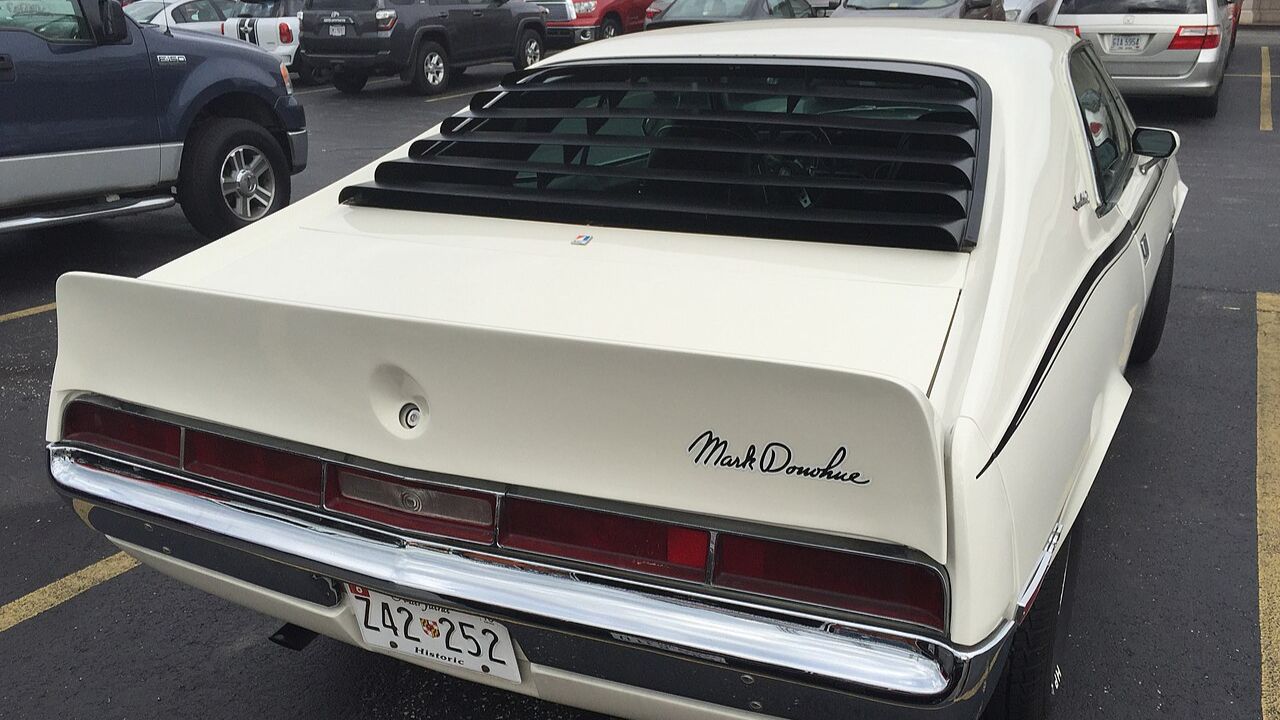
While louvers were undoubtedly stylish, they also served several practical purposes. One significant advantage was sun protection. By blocking direct sunlight, louvers reduced glare and heat inside the car, making them a practical choice for drivers in sunny climates. This feature was particularly appealing in an era when air conditioning was not as prevalent or as effective as it is today. By mitigating the sun’s intensity, louvers contributed to a more comfortable driving experience.
In addition to sun protection, louvers offered enhanced privacy. The slatted design made it difficult for outsiders to see inside the vehicle, providing an added layer of discretion. Despite this exterior opacity, the angled design allowed drivers to maintain rear visibility, ensuring that safety was not compromised. There were also claims that louvers could improve aerodynamics, leading to better performance and fuel efficiency. However, these assertions were met with skepticism, as the impact on aerodynamics was often minimal and varied depending on the car model and louver design.
Cultural and Historical Context
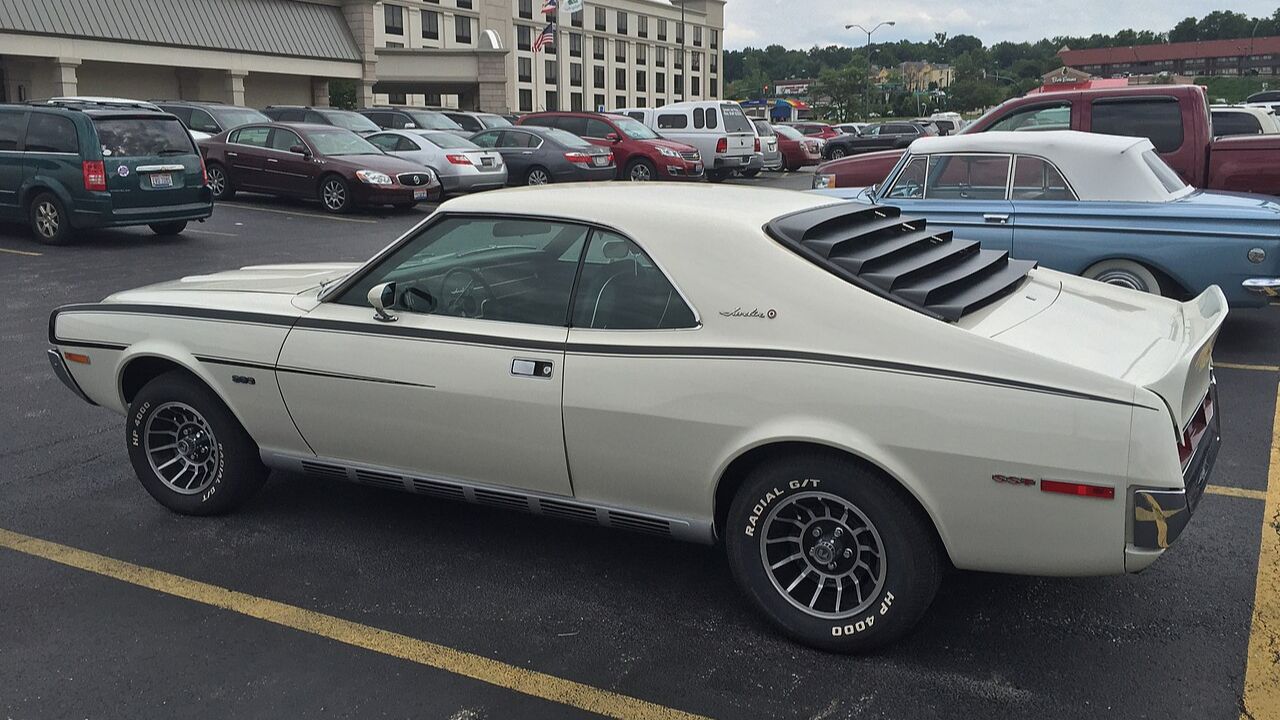
The popularity of muscle cars in the mid-20th century was driven by a combination of cultural and economic factors. The post-war boom led to increased disposable income, allowing consumers to indulge in vehicles that offered more than mere transportation. Muscle cars, with their powerful engines and bold designs, captured the imagination of a generation. Louvers became a natural extension of this trend, as their sporty appearance complemented the overall aesthetic of these vehicles.
Racing and motorsport further influenced the adoption of louvers. Features seen on race cars often trickled down to consumer vehicles, as manufacturers sought to capitalize on their association with speed and performance. Louvers were no exception, as they mirrored the aerodynamic elements found in professional racing environments. However, as car design evolved in the 1990s and beyond, louvers fell out of favor. Changes in consumer preferences, driven by advancements in technology and a shift towards more streamlined aesthetics, rendered them less relevant in the context of modern car design.
Challenges and Criticisms
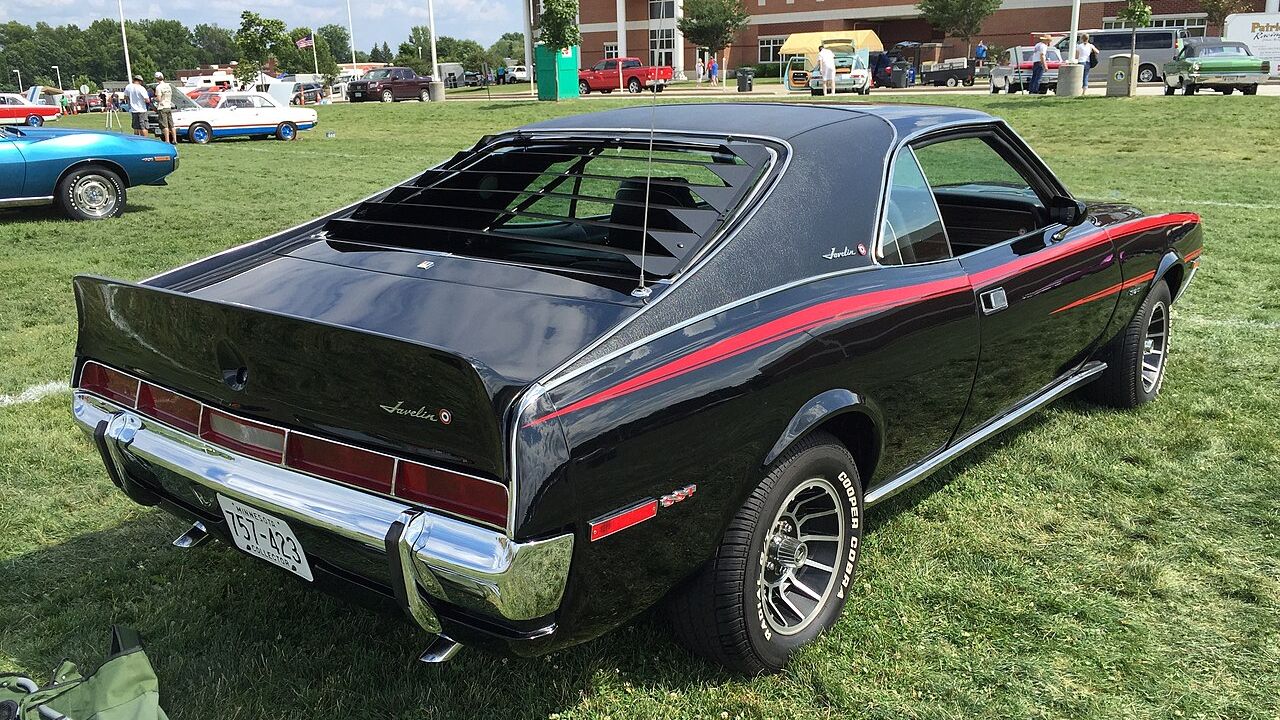
Despite their appeal, louvers were not without their drawbacks. One of the most common challenges was maintenance. The slatted design made cleaning difficult, often requiring meticulous attention to ensure that dirt and debris were removed from the narrow spaces between the slats. Additionally, louvers were susceptible to rust and damage, particularly in harsh weather conditions, which could detract from their aesthetic value over time.
Safety concerns also played a role in the decline of louvers. Critics argued that the design could impair rear visibility, especially in adverse weather conditions such as rain or snow. This criticism was taken seriously as safety became a more prominent concern for car manufacturers and consumers alike. Within the automotive community, opinions on louvers were mixed. While some enthusiasts appreciated their nostalgic charm, others viewed them as an unnecessary embellishment that failed to offer significant practical benefits.
The Legacy of Rear Window Louvers
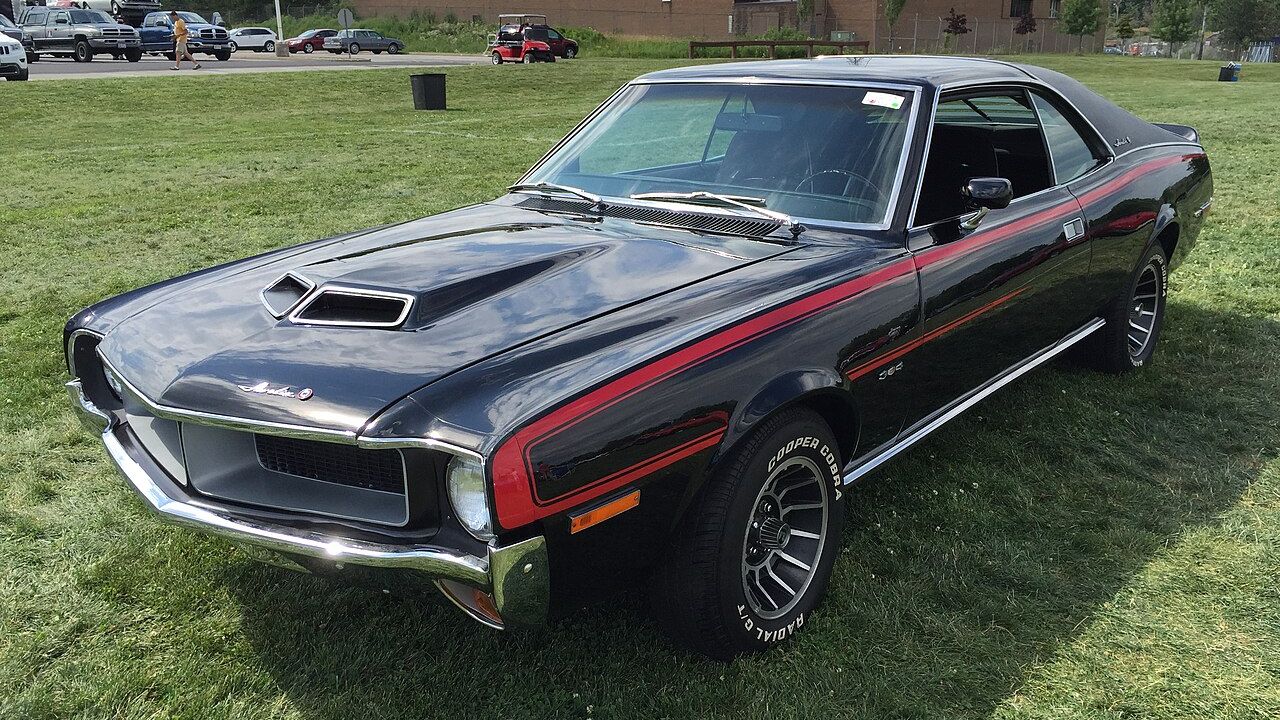
Today, rear window louvers are often regarded with a sense of nostalgia, serving as a reminder of the muscle car era. Although they are not as prevalent in contemporary car design, they occasionally resurface in modern car culture, embraced by enthusiasts who appreciate their retro appeal. Classic car collectors also seek out louvers as a sought-after feature, contributing to the restoration and preservation of vintage vehicles.
While elements of louver design have not significantly influenced modern automotive aesthetics, they remain an intriguing aspect of car history. The slatted look, however, can still be seen in certain niche markets and customizations, reflecting a lingering appreciation for their unique style. As a relic of the past, louvers continue to capture the imagination of those who value the distinctive character they brought to the cars of their time.
Like Fast Lane Only’s content? Be sure to follow us.
Here’s more from us:
*Created with AI assistance and editor review.

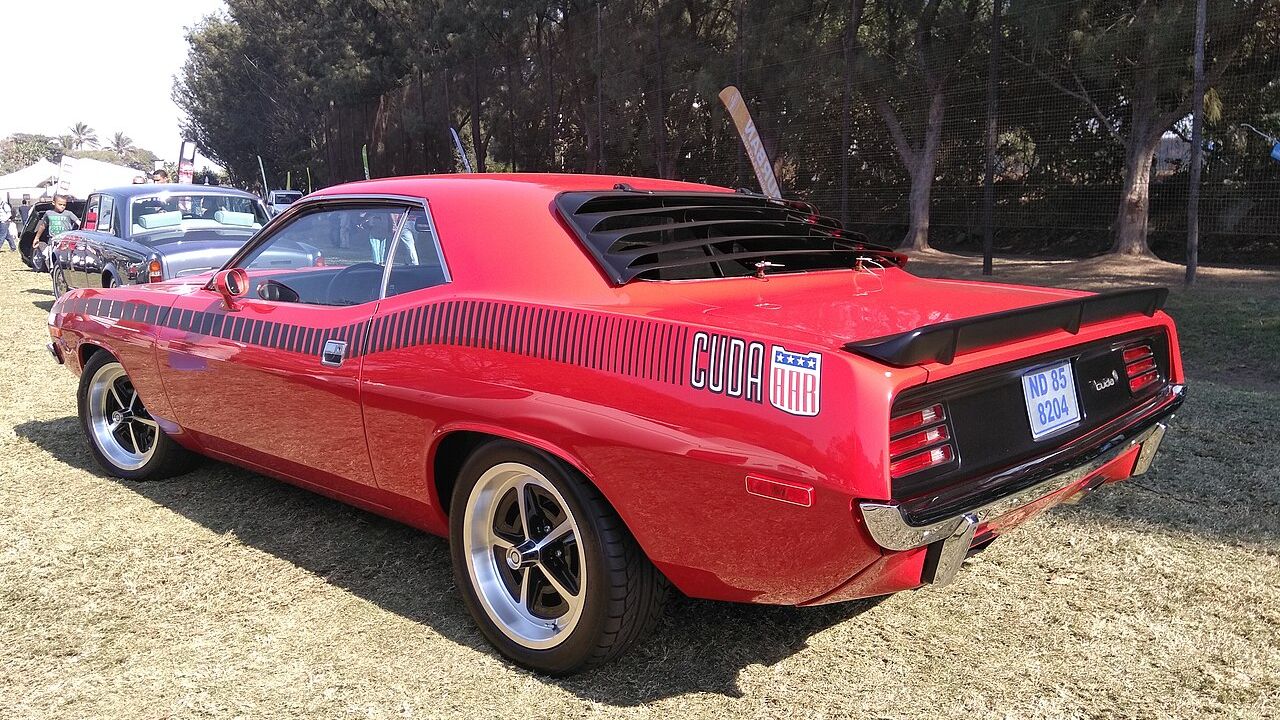

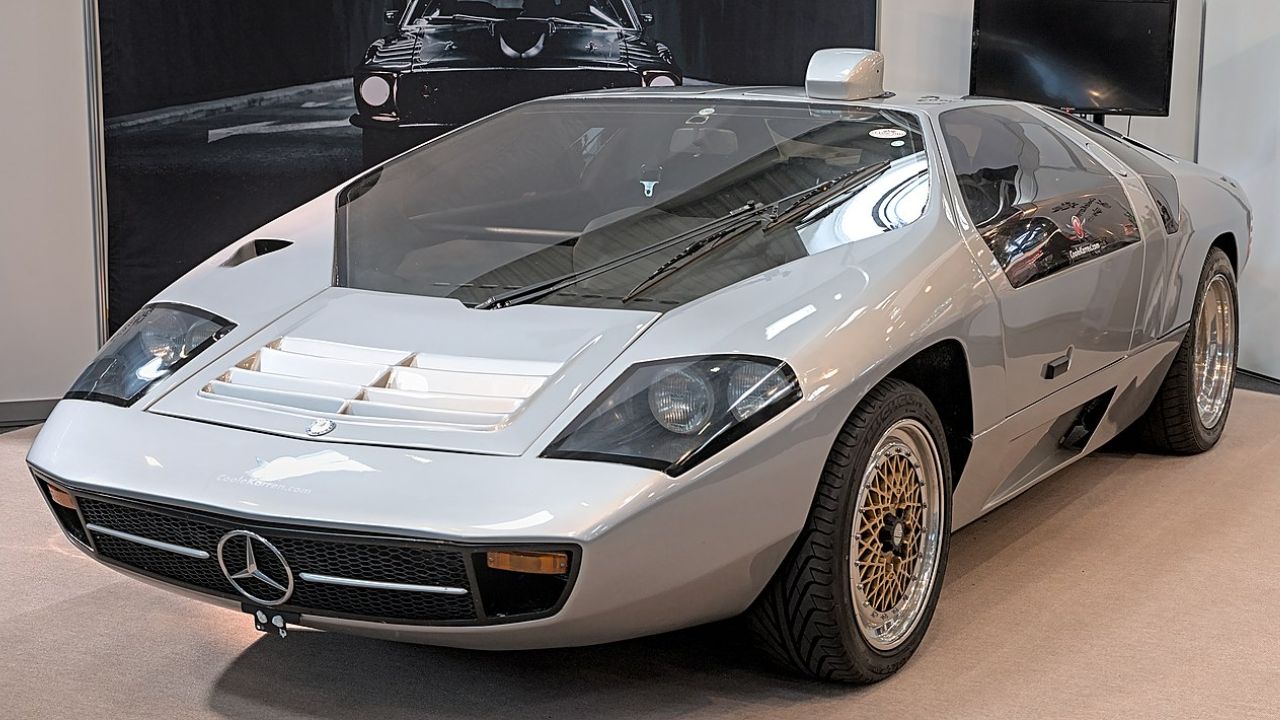

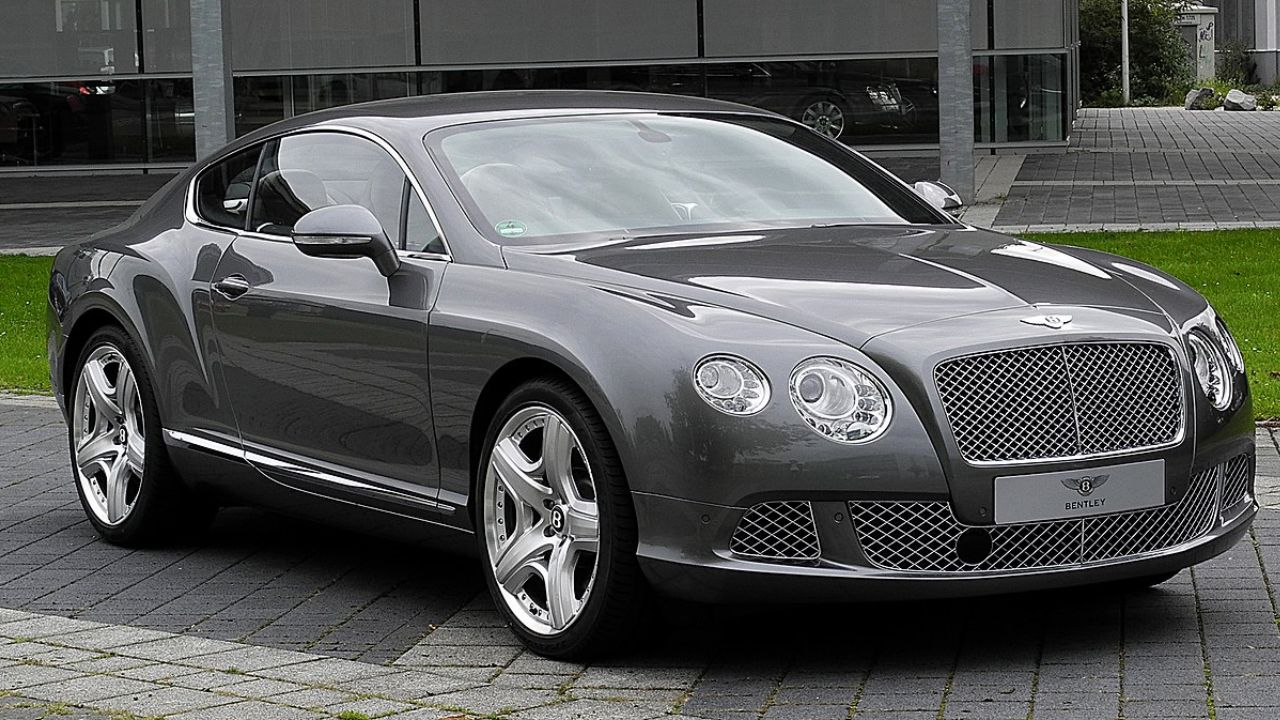
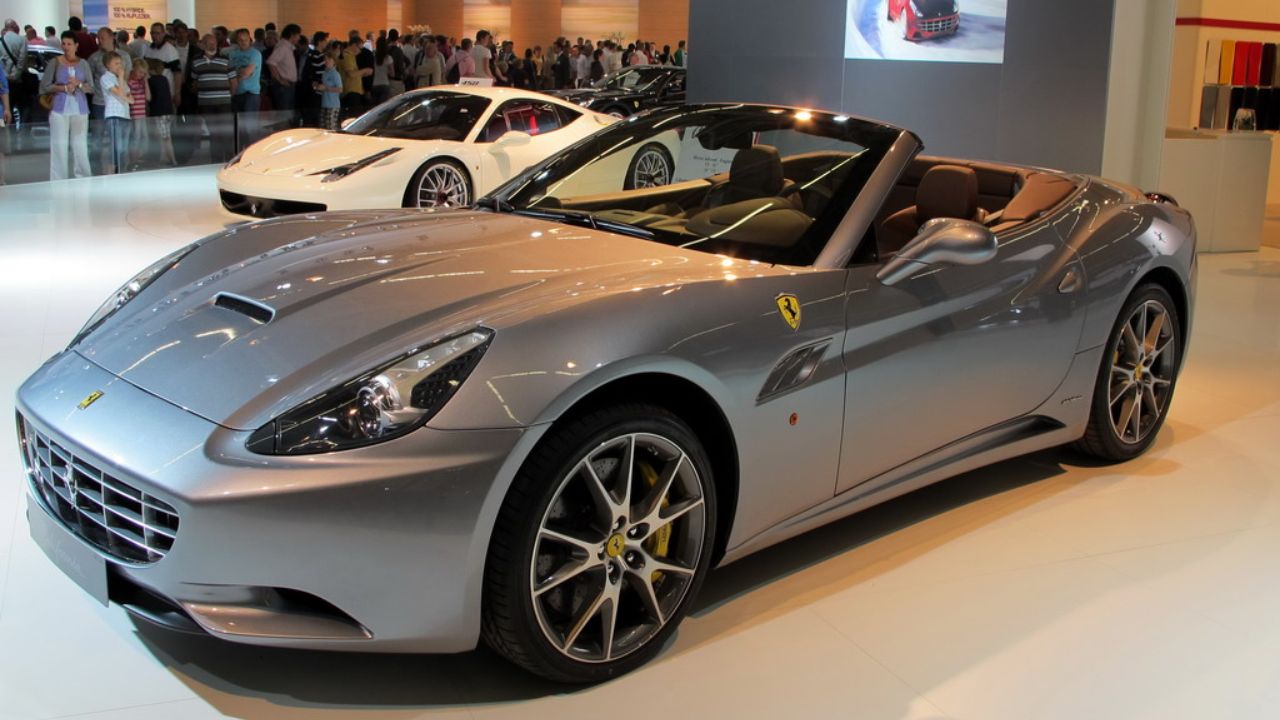
Leave a Reply